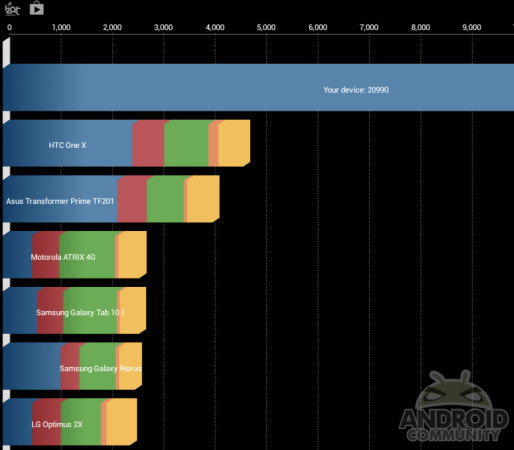Qualcomm’s Snapdragon 600 has undoubtedly been the processor of the year so far – it powers the two biggest Android flagships, HTC’s One and Samsung’s Galaxy S 4, and it is an absolute beast. I think it’s quite telling that this is the first time Samsung have not used their own processor for a flagship Galaxy S device (outside of the United States, anyway).
It stands to reason then, that the successor to the Snapdragon 600 would be more beastly again, and if Qualcomm’s hype is to believed, then the Snapdragon 800, with its brand-new 28nm process, will surely deliver. According to Qualcomm, the Snapdragon 800 will deliver 35% better performance than the 600, and over 75% better performance than last year’s S4 Pro, which was no sluggard itself. The 800 will be made up of a Krait 400 CPU, Adreno 330 GPU, Hexagon v5 DSP and Qualcomm’s new cat 4 LTE modem, which offers better performance, connectivity and battery life than the current version, as well as LTE-Advanced, which should deliver brain-smashingly high speeds.
Devices build on the Snapdragon 800 will be able to capture video in Ultra HD, which is four times the resolution of 1080p; as well as use display resolutions up to 2560 x 2048 pixels. The SoC also supports HD multichannel audio with DTS-HD and Dolby Digital Plus, and Qualcomm’s IZat Location technology for more accurate navigation and location services. Devices powered by Qualcomm’s Snapdragon S4 Pro and 600 system-on-a-chips already use a feature called ‘Quick Charge’, that does exactly what its name suggests, but the 800 will have an improved version – Quick Charge 2 – which will charge devices up to 75% faster than the current generation.
Android Community were lucky enough to get some hands-on time with Qualcomm’s reference devices, which were clocked at 2.3GHz, and came with 2GB of RAM, and ran some benchmarks. As we all know, benchmarks really have little meaning in terms of real-world performance, but they are good indicator of the beastliness of the hardware. The Snapdragon 800 reference devices scored over 21,000 in Quadrant and over 35,000 in AnTuTu; compared with the Galaxy S 4’s Snapdragon 600, which usually scores about 13,000 in Quadrant and 22,000 in AnTuTu.
The Snapdragon 800 is obviously an amazingly powerful system, but what will be really interesting to see is what manufacturers will do with it. So far, the only device that has been announced to run on the 800 is LG’s (un-named) successor to the Optimus G, but I would expect that we’ll see many more in the coming months.






heard the nxt gen of xperia z which called xperia z ultra will be using snapdragon 800 clocked at 2.3ghz and rumours suggesting it will hve a 6 inch screen great i just got use to my galaxy s4 not sure if i want to ditch it and get the xperia z ultra
The amount of money I waste on technology is unbelievable. I always must have the latest. I already wanna ditch my Nexus 4. It’s great, but it has many flaws. Battery life, shit antenna etc.
You gotta love the flexibility of Android in this regard despite of it’s disadvantages. Who knows that this time next year, you have a choice to choose an Android device that runs on either Intel, Nvida, Qualcomm or even companies own have their own chipset such as Huawei.
I really do hope the next Nexus device comes with the Snapdragon 800. And with no issues like I’m experiencing with my Nexus 4.
Samsung have used Qualcomm processors for years. It’s just the first time Australia has received the Snapdragon variant.
>I think it’s quite telling that this is the first time Samsung have not used their own processor for a flagship Galaxy S device (outside of the United States, anyway)
Didn’t the S3 use the Snapdragon S4?
No. They used a Samsung exynos.
They did use the S4 Pro in the United States.
S4 Pro? Seriously? Thought they only came out towards the end of the year (Nexus 4, etc.)
I thought that too.
With the S3, the LTE version used the Snapdragon (S4 MSM8960, not Pro) and the non-LTE used the Exynos. It’s the same this time, except that more regions are getting the LTE version. Places like Korea (and Australia with the S3) that got both Exynos and LTE were the exception.